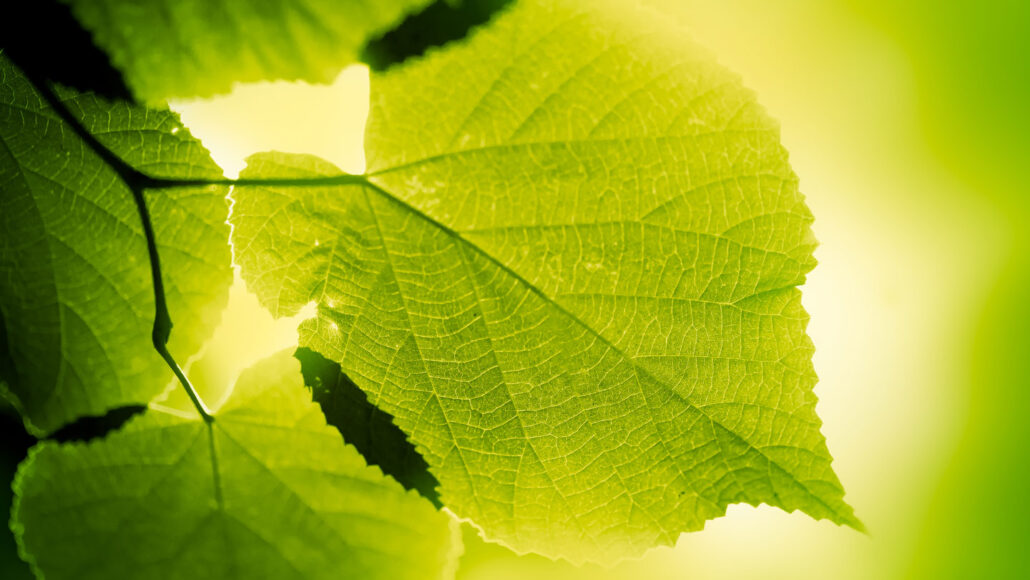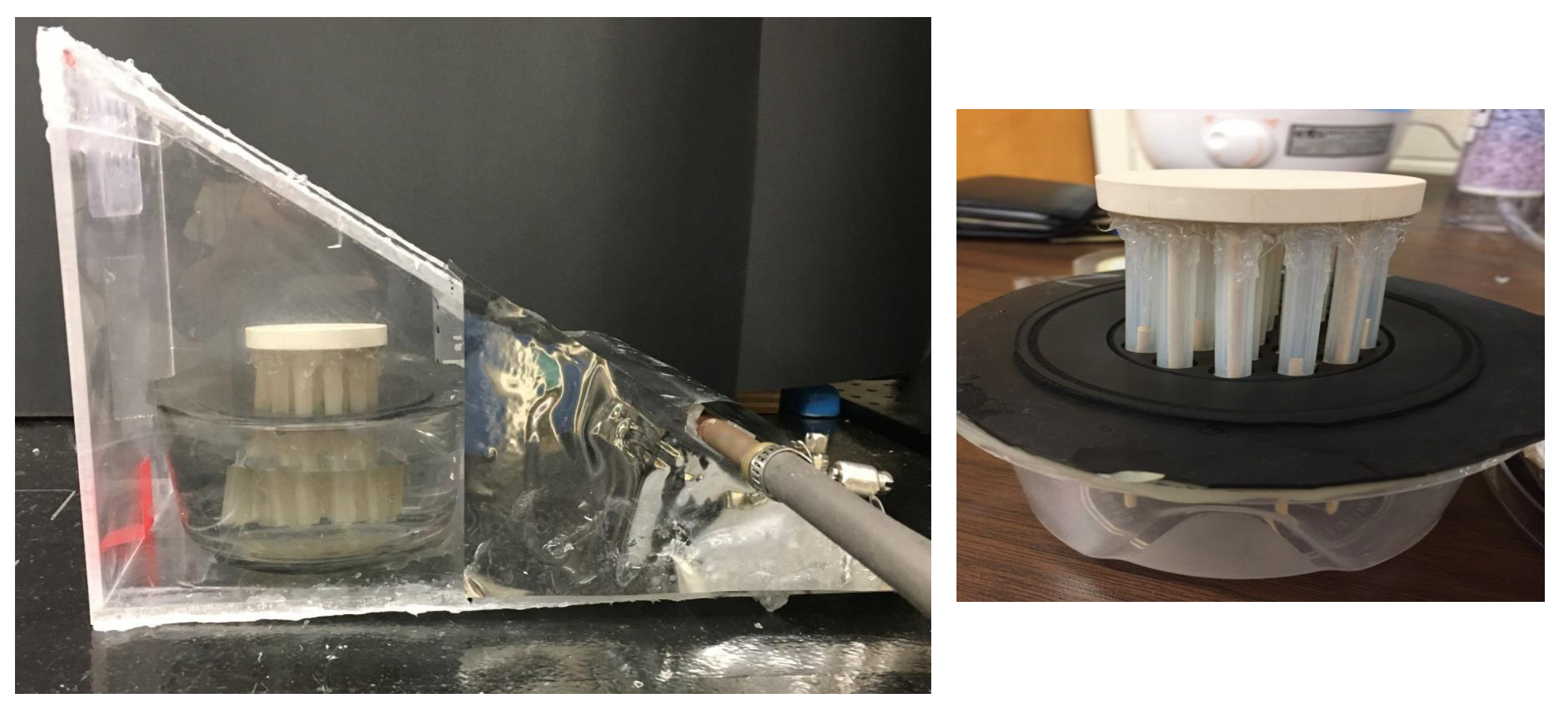Synthetic trees could tap underground water in arid areas
They could also help coastal residents mine fresh water from salty sources

Trees do a great job of pumping water from deep underground. That water makes its way to the topmost leaves. Researchers now have developed a “synthetic tree” to bring people drinking water from aquifers dozens of meters (yards) below Earth’s surface.
Jeja/iStock/Getty Images Plus
By Sid Perkins
If you put a narrow straw in a glass of water, some of that fluid will climb up the tube. But without help, that water will climb only a small distance. Now, researchers have come up with a device that can mimic trees’ ability to make water climb great heights. That could bring drinking water to communities that don’t now have enough.
Described as a “synthetic tree,” this new device could help people more easily tap into groundwater, scientists say. It might also let people in coastal areas mine fresh drinking water from the sea.
Water molecules find each other really attractive. That’s why large numbers of them come together to form round droplets. Sometimes, however, water molecules are more attracted to other substances than to themselves. That’s why they climb up the sides of a glass. (Did you ever notice that the surface of the water in a glass curves upward where it meets the side of the glass?) In a very narrow tube, water can even climb a few centimeters (a couple of inches or so), notes Jonathan Boreyko. He’s a materials scientist at Virginia Tech in Blacksburg. The process driving this climb is called capillary action. But for water to rise more than a few centimeters, that capillary action needs help.
Plants know the secret to helping, Boreyko explains. Throughout the day, water evaporates out a plant’s leaves. This creates suction inside a tissue called xylem (ZY-lem). That suction pulls water and nutrients up through the roots to nourish leaves and new growth. Such suction can lift water to the tree tops. Now, Boreyko and his teammates have designed a “synthetic tree.” They say it can help people living in dry areas harvest water from even deep underground.

Educators and Parents, Sign Up for The Cheat Sheet
Weekly updates to help you use Science News Explores in the learning environment
Thank you for signing up!
There was a problem signing you up.
The guts of the ‘tree’
Ndidi Eyegheleme is a mechanical engineer. She grew up in a small coastal village in Africa. Today she works with Boreyko at Virginia Tech. “Where we lived was surrounded by salty water,” she recalls. “So, we had a lot of challenges getting fresh water to drink.” That’s why she’s so interested in making synthetic trees. They could help people in dry parts of the world, too, she adds. Worldwide, about 2.2 billion people lack reliable access to clean drinking water, the United Nations reports. Yet in some places, water may be just a few meters (yards) below their feet.
The Virginia Tech team recently built a prototype synthetic tree inside a clear plastic box. It’s small enough to sit on a benchtop. Nineteen small plastic tubes serve as this tree’s “trunk.” The inside diameter of each tube is about six times the diameter of the lead in a pencil. Each tube carries water up from a container to a ceramic “leaf” that’s a tad larger in diameter than a soda can. Just like a real leaf, this ceramic disk has many tiny pores. Evaporation from those pores creates the suction that helps pull water up the tubes.

The team also sprayed a coating of graphite (the material that makes up pencil lead) onto their synthetic leaf. This darkened the leaf’s surface to boost how much it heats up in sunlight or under a bright lamp. That boosted evaporation — and water suction — even more. Finally, the team added a cooling pad to chill the part of the box that holds the tree. Water vapor condenses there to create pure water.
The team described its system June 22 in Applied Physics Letters.
Imitating nature
Mimicking how a tree slurps water “is a wonderful approach,” says Xianming Dai. He’s a mechanical engineer at the University of Texas at Dallas. Synthetic trees might be able to tap water as much as 100 meters (328 feet) underground, he says. He advises bundling the tree trunk’s long fragile tubes inside a larger protective pipe. That way the team’s system should be easy to scale up to larger sizes.
Such devices also could be modified to help people generate fresh water from salty, says Dai. How? Install a membrane that removes dissolved salt from water before it enters the lower end of the tubes. That would help prevent salt crystals from forming in the tubes or clogging the leaf as water evaporates, he notes.
Key to making this tree energy-efficient was heating and evaporating only the water inside the synthetic leaf, not the entire pool of water below it, says Hadi Ghasemi. He’s a mechanical engineer at the University of Houston in Texas. “If you only have to heat a small amount of water, you have a much-reduced need for energy,” he notes.
Each square meter (about 10.8 square feet) of “leaf” could generate about 1.6 liters (0.42 gallon) of water per hour, the Virginia Tech researchers say.
This is one in a series presenting news on technology and innovation, made possible with generous support from the Lemelson Foundation.







